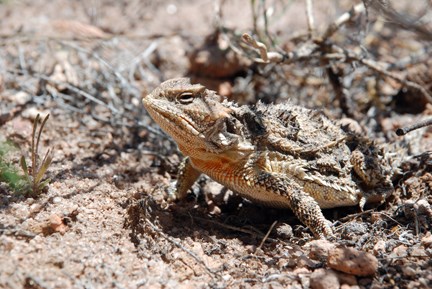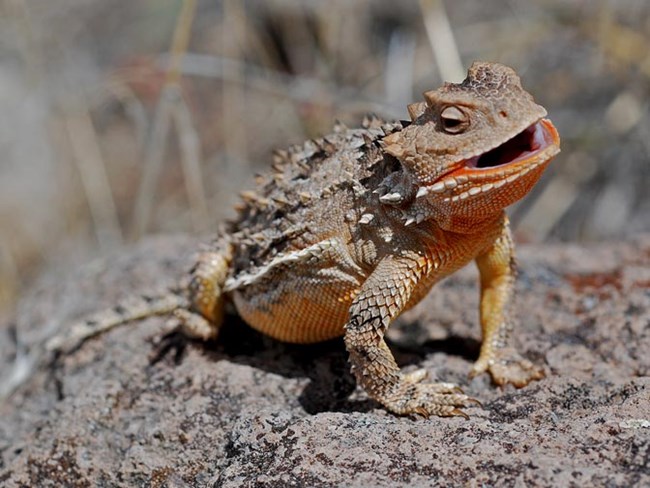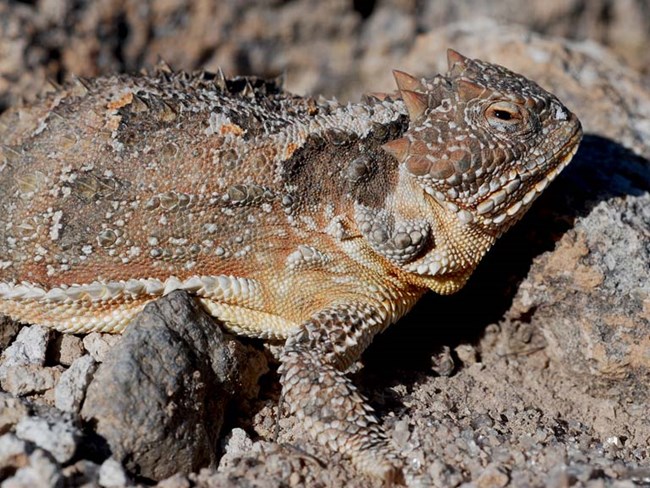
Photo by Sally King Horned Lizard Camouflage 
Photo by Sally King Horned Lizard Defense 
Photo by Sally King Decline in Horned Lizard Populations 
Photos by Sally King 
Photo by Sally King |
Last updated: July 22, 2025

Photo by Sally King Horned Lizard Camouflage 
Photo by Sally King Horned Lizard Defense 
Photo by Sally King Decline in Horned Lizard Populations 
Photos by Sally King 
Photo by Sally King |
Last updated: July 22, 2025